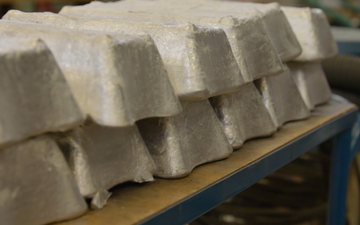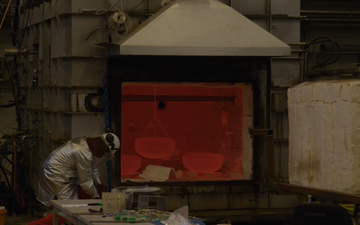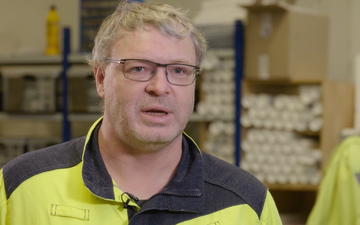- Home
- Heim
- Iðnaður
- Verkferlar
- Gastegundir og búnaður
-
Þjónusta
-
Öryggi og heilsa
-
Þjónustuver
-
Fréttir
Linde and aluminum producers test hydrogen’s potential to cut CO2 emissions
Tests conducted recently at Linde’s Combustion Technology Centre outside Stockholm are a first step toward understanding hydrogen’s potential for helping aluminum producers reduce their carbon footprint.
Helping customers cut emissions
Aluminum producers in Norway are hoping hydrogen can help them eliminate emissions in the melting process,
And since emissions have already been cut for many other processes in aluminum production in Norway thanks to green electricity from renewable sources, the melting process is “one of the most obvious ways” for producers to further reduce carbon dioxide from their production, according to Linde’s Dalsbotten.
And helping customers reduce their own emissions is one of the important drivers behind his efforts to bring together competitors to work together to meet this common challenge.
“Linde has a goal that we should cut more emissions than we produce,” he explains.
“If we put together what we do with the customers and what we do in our own production, that should be less than zero. That's the mission.”
IAI´s report “Aluminum Sector Greenhouse Gas Pathways to 2050”, March 2021:
Total emission from the global aluminum industry: 1 100 Mt/y, whereof 50 Mt/y from remelting.
[IAI: International Aluminum Institute https://international-aluminium.org/]
BENTELER is a leading international supplier of formed steel and aluminum components to the Automotive Industry.
SINTEF is one of Europe’s largest independent research organizations.



